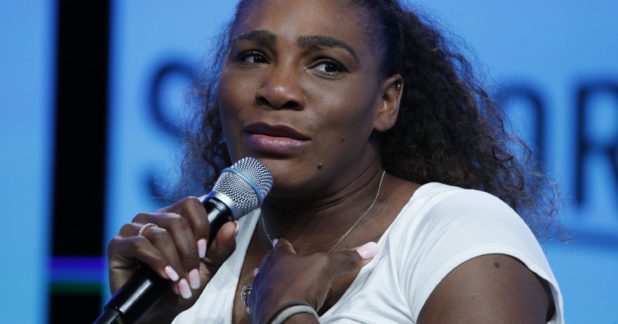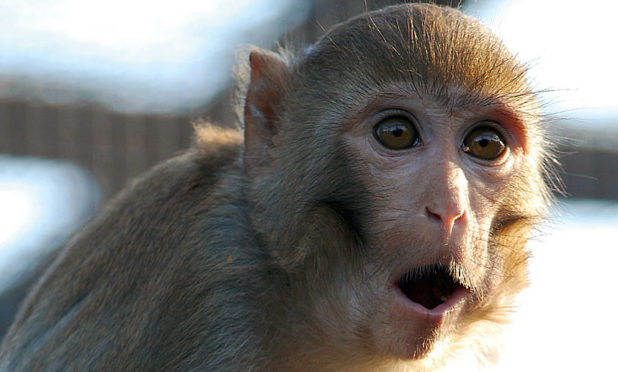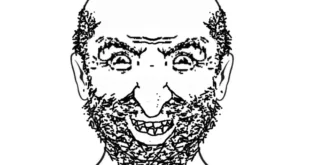Pomidor Quixote
Daily Stormer
December 20, 2019
Humans in general have a hard time guessing the gender of blacks.
Teaching artificial intelligence systems how to tell if blacks are male or female just by looking at their faces has proved to be quite a challenge.
AFP:
Facial recognition systems can produce wildly inaccurate results, especially for non-whites, according to a US government study released Thursday that is likely to raise fresh doubts on deployment of the artificial intelligence technology.
The study of dozens of facial recognition algorithms showed “false positives” rates for Asian and African American as much as 100 times higher than for whites.
The researchers from the National Institute of Standards and Technology (NIST), a government research center, also found two algorithms assigned the wrong gender to black females almost 35 percent of the time.
There is nothing wrong with those algorithms.
There’s virtually no difference between a black female and a black male once you take their beards, breasts, and genitals out of the picture.
Black people have extremely high testosterone rates. That is why they are so violent. You can’t really do the studies anymore, but under the guise of a prostate cancer study in 1986, researchers found that black men have 21% more free testosterone than white men.
Black women probably also have more testosterone than a lot of white men these days.
Testosterone shapes the bone structure as well as musculature. Women with high testosterone look like men. It’s the reverse of the “soyboy” effect where men with low testosterone look like women.
The study comes amid widespread deployment of facial recognition for law enforcement, airports, border security, banking, retailing, schools and for personal technology such as unlocking smartphones.
Some activists and researchers have claimed the potential for errors is too great and that mistakes could result in the jailing of innocent people, and that the technology could be used to create databases that may be hacked or inappropriately used.
The NIST study found both “false positives,” in which an individual is mistakenly identified, and “false negatives,” where the algorithm fails to accurately match a face to a specific person in a database.
“A false negative might be merely an inconvenience — you can’t get into your phone, but the issue can usually be remediated by a second attempt,” said lead researcher Patrick Grother.
“But a false positive in a one-to-many search puts an incorrect match on a list of candidates that warrant further scrutiny.”
It is true that the technology can be used for evil ends even if it is correctly identifying every test subject, but what technology is immune to that?
The problem isn’t the technology but who is in control of it.
The study found US-developed face recognition systems had higher error rates for Asians, African Americans and Native American groups, with the American Indian demographic showing the highest rates of false positives.
However, some algorithms developed in Asian countries produced similar accuracy rates for matching between Asian and Caucasian faces — which the researchers said suggests these disparities can be corrected.
“These results are an encouraging sign that more diverse training data may produce more equitable outcomes,” Grother said.
The whole “human race” thing often hits this kind of roadblock with technology and anything based on objective reality.
Browns and blacks are so different from whites that creating facial recognition technology that can accurately identify the three groups is three times the work.
You wouldn’t expect facial recognition used in humans to also accurately identify macaques.
Why should we expect the same algorithms to work on blacks and whites?
 Daily Stormer The Most Censored Publication in History
Daily Stormer The Most Censored Publication in History








